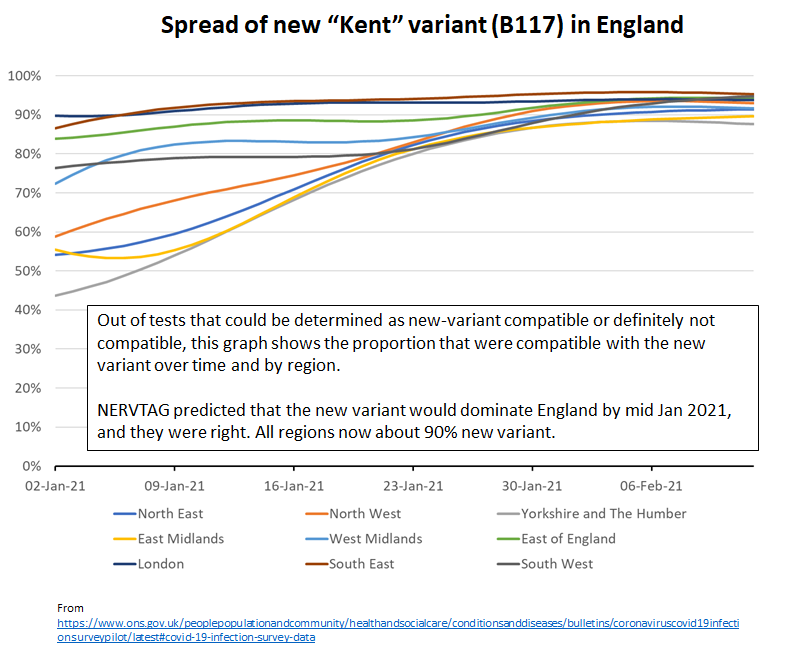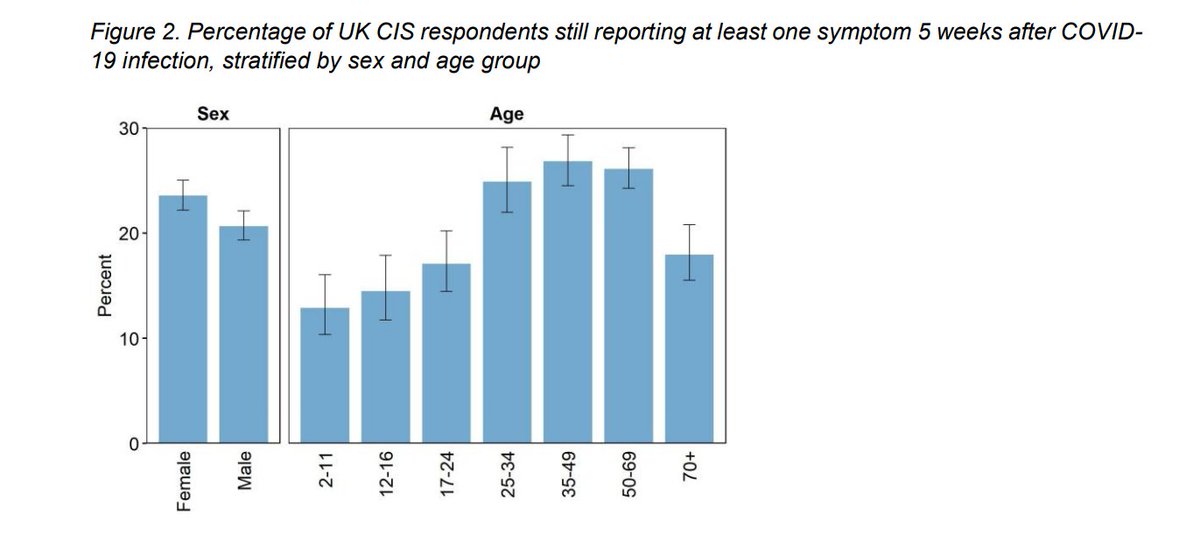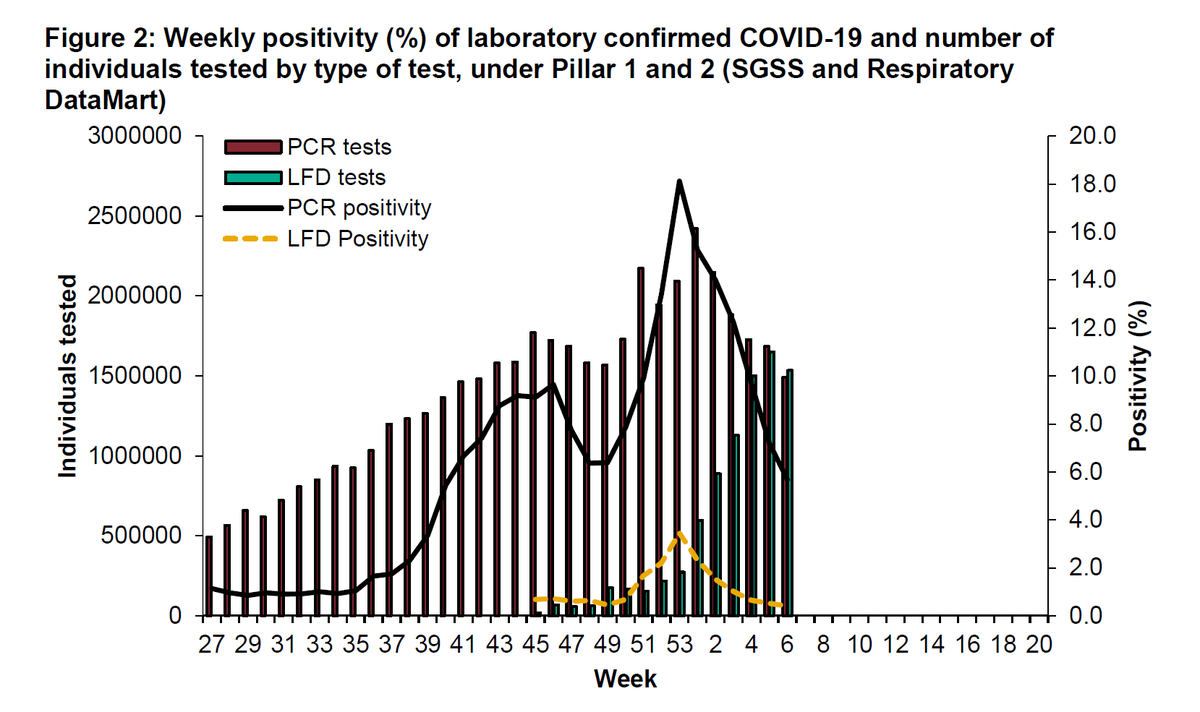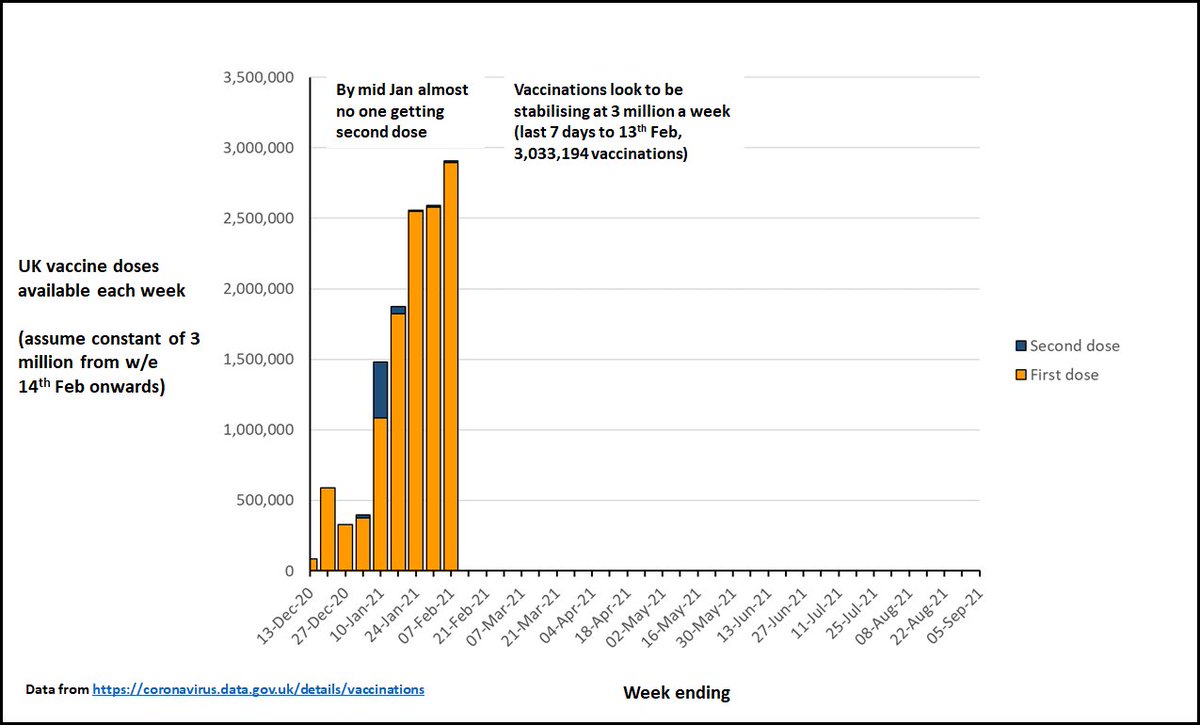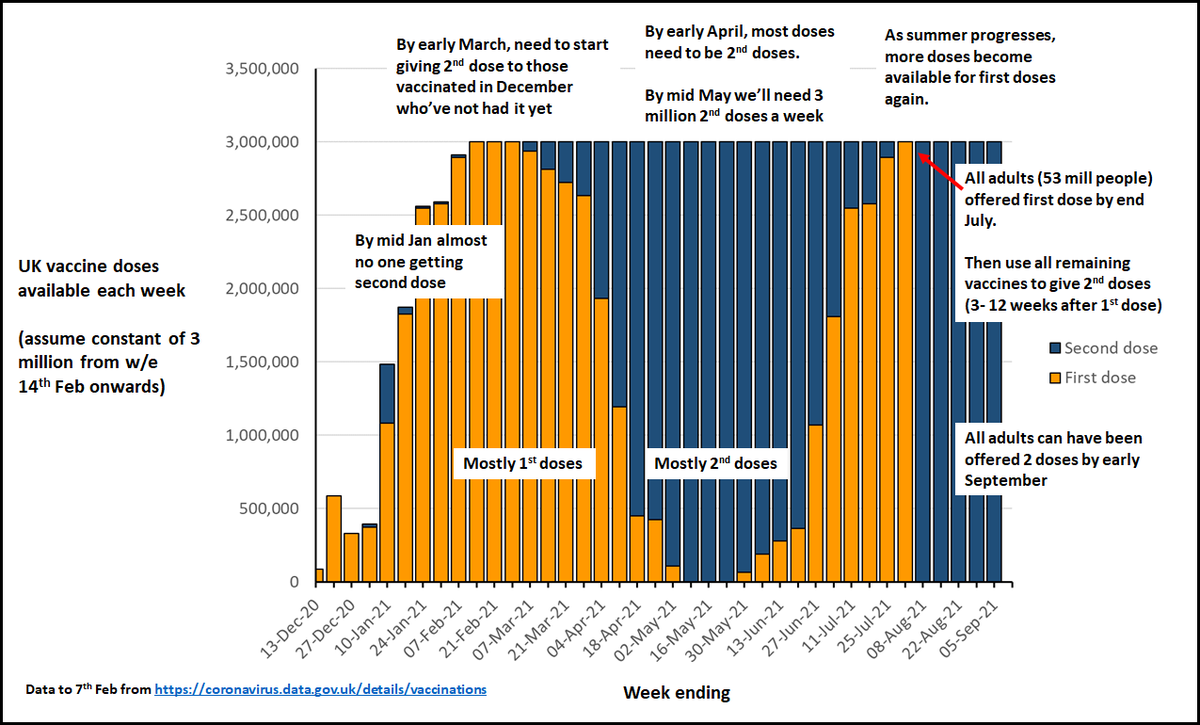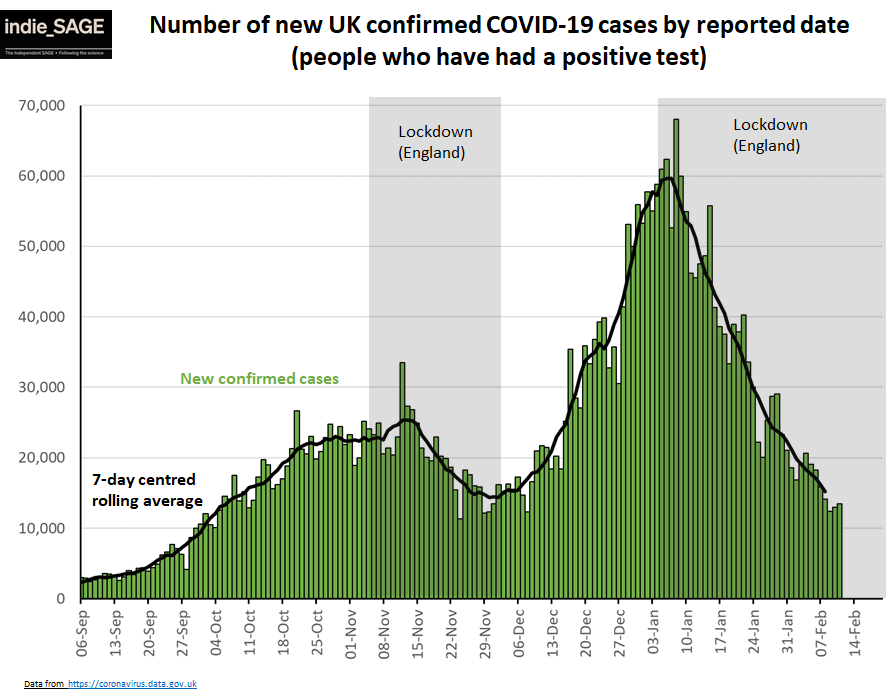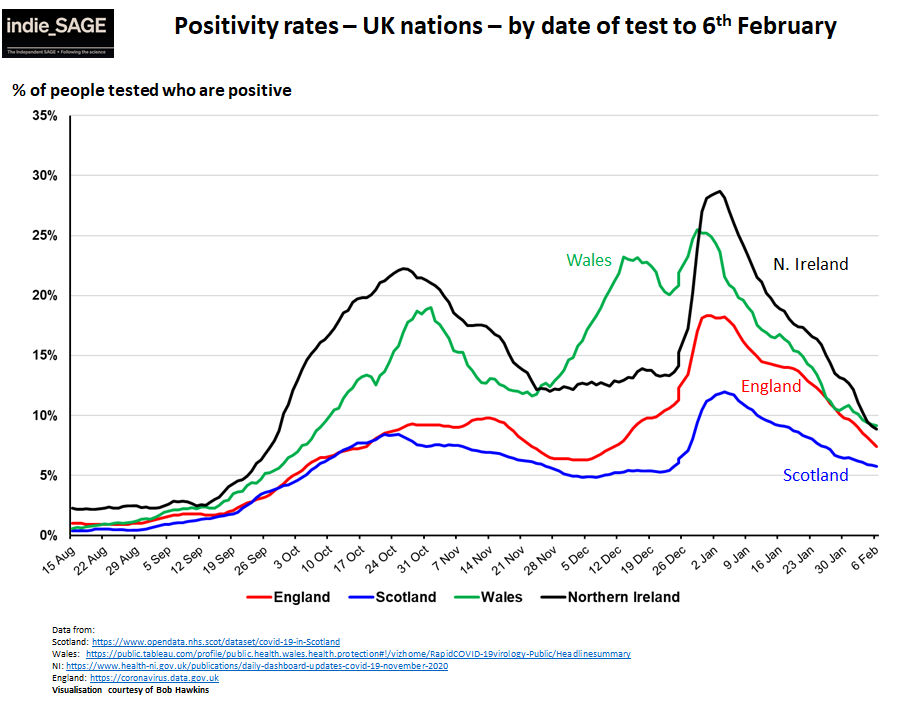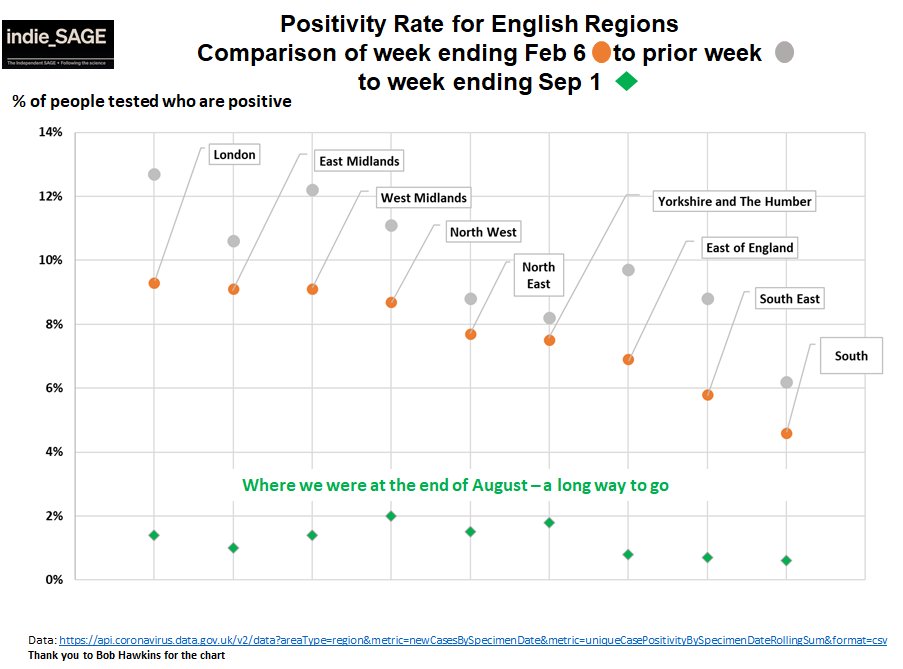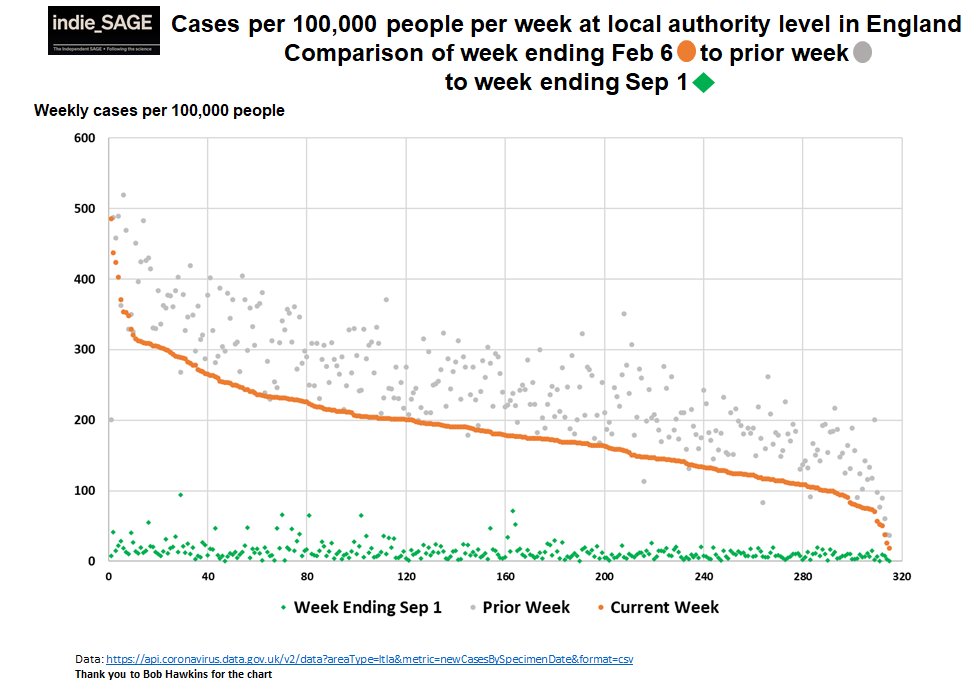
This article by @bealelab explaining the different Covid variants, possible impacts on vaccine effectiveness & future of the pandemic is quite simply one of the best I've ever read. lrb.co.uk/the-paper/v43/…
Some key bits highlighted below!!
Some key bits highlighted below!!
This bit explains how vaccines tartget lots of different bits of Covid to provide protection - so that even if the virus gets better at one bit, vaccines can still work by stopping other bits. This is what the case with B117 (the Kent strain). 

While this bit explains perfectly the danger of allowing uncontrolled spread through younger people (inc kids). A vaccine resistant mutation might be as unlikely as winning the lottery, but if you buy millions of tickets (each infection a ticket) then it gets much likelier! 

And finally this bit compares a "flu" endpoint to a "measles" endpoint...
Anyway go read the whole thing! It's brilliant! lrb.co.uk/the-paper/v43/…
Anyway go read the whole thing! It's brilliant! lrb.co.uk/the-paper/v43/…

• • •
Missing some Tweet in this thread? You can try to
force a refresh




